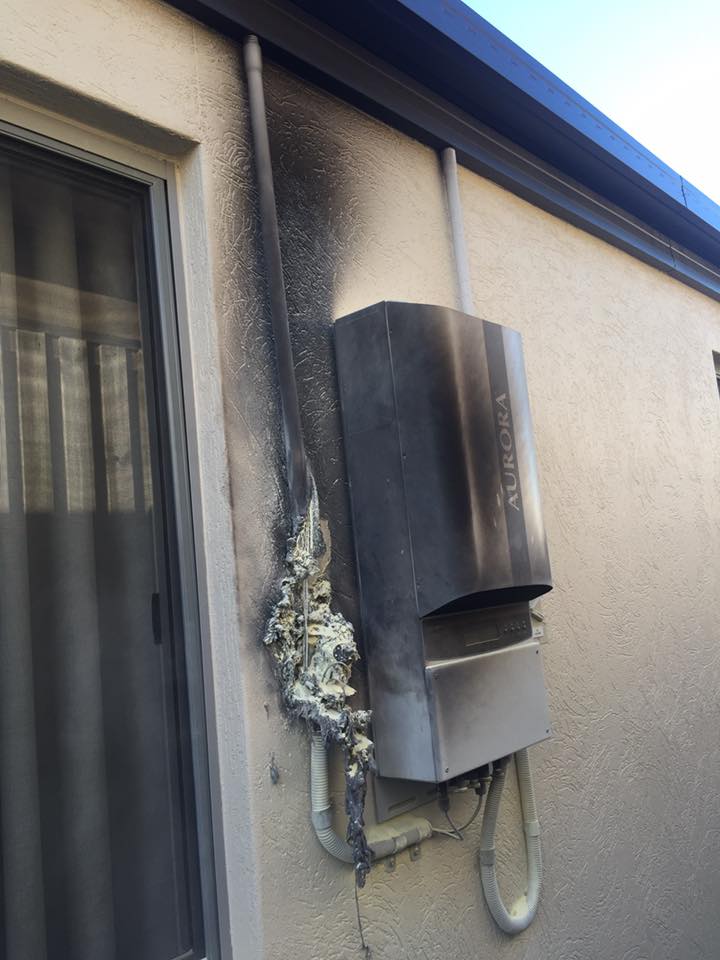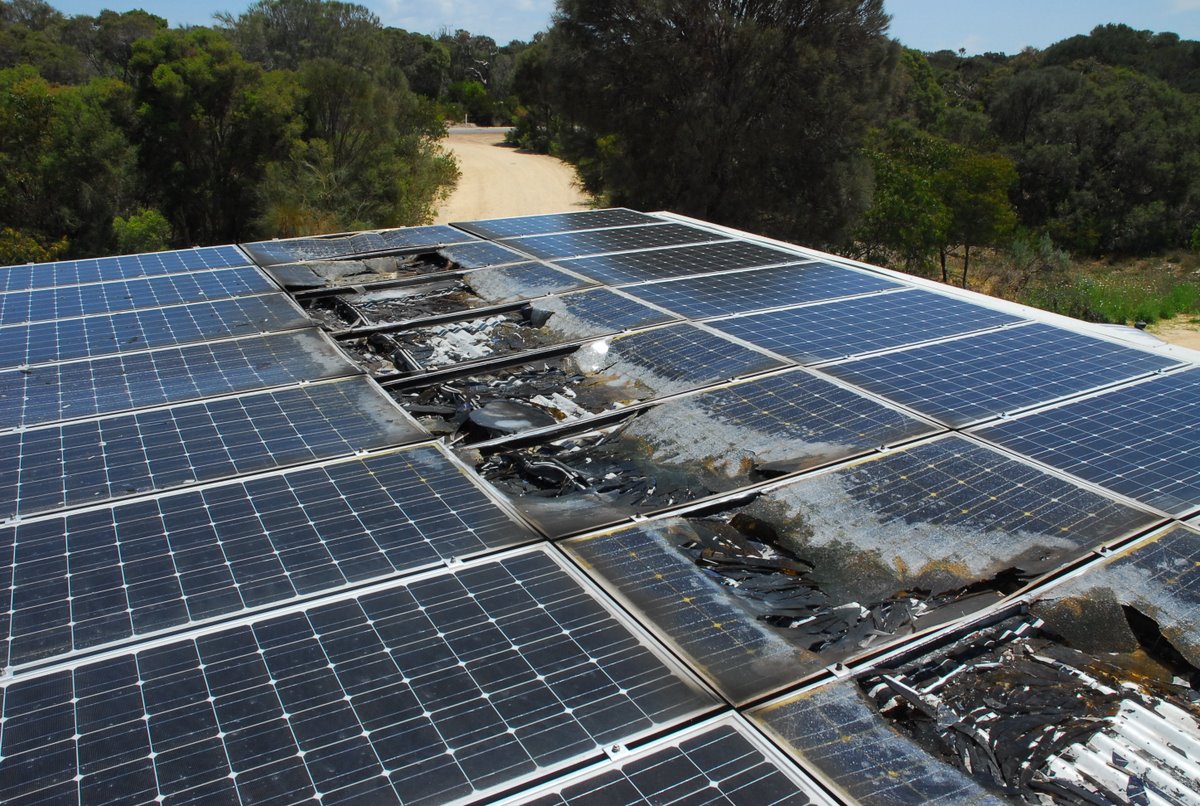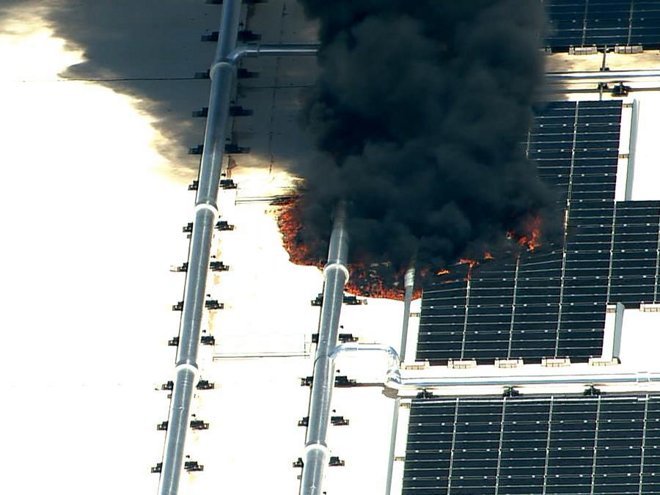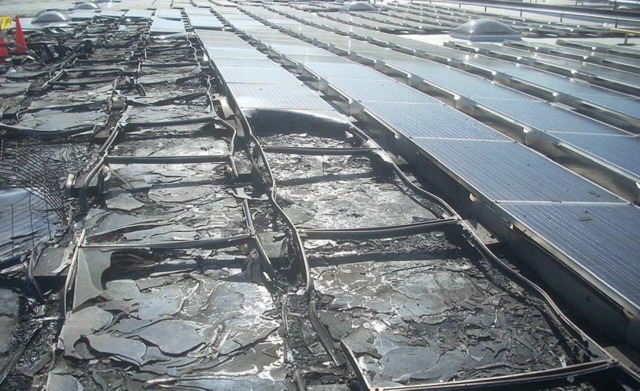NW-Bound
Give me a museum and I'll fill it. (Picasso) Give me a forum ...
- Joined
- Jul 3, 2008
- Messages
- 35,712
Wow! I thought that an inductive load (ie coils, motors etc.) was necessary to get the significant arcing shown in the video.
The heating coil load appears to be mostly resisitive (ie very small inductance).
I guess that I might need to retest for that 'EE' degree granted 30 years ago - or remember that I am not an electrician!
-gauss
Don't feel bad. They do not teach this in college unless you take a class in power engineering. Many people do not know about the peculiar danger that high voltage DC power carries. For example, I am sure most EEs do not appreciate the fact that regular AC circuit breakers cannot handle high-voltage DC circuits.
The DC arcing is caused by the air being ionized, followed by metal being vaporized from the end of the arc. As the above video demonstrates, an arc of more than 1-inch long is easily sustained by the current in a 20A circuit. The circuit must be able to supply a high enough current to feed the arc.
DC breakers use internal magnets to deflect/suppress the arc, and must be installed with the proper current flow direction in order to work. Else, the internal arcing prevents the current from getting interrupted. In fact, the internal arcing sets the breaker on fire. To appreciate this, watch the video below.
Last edited:





